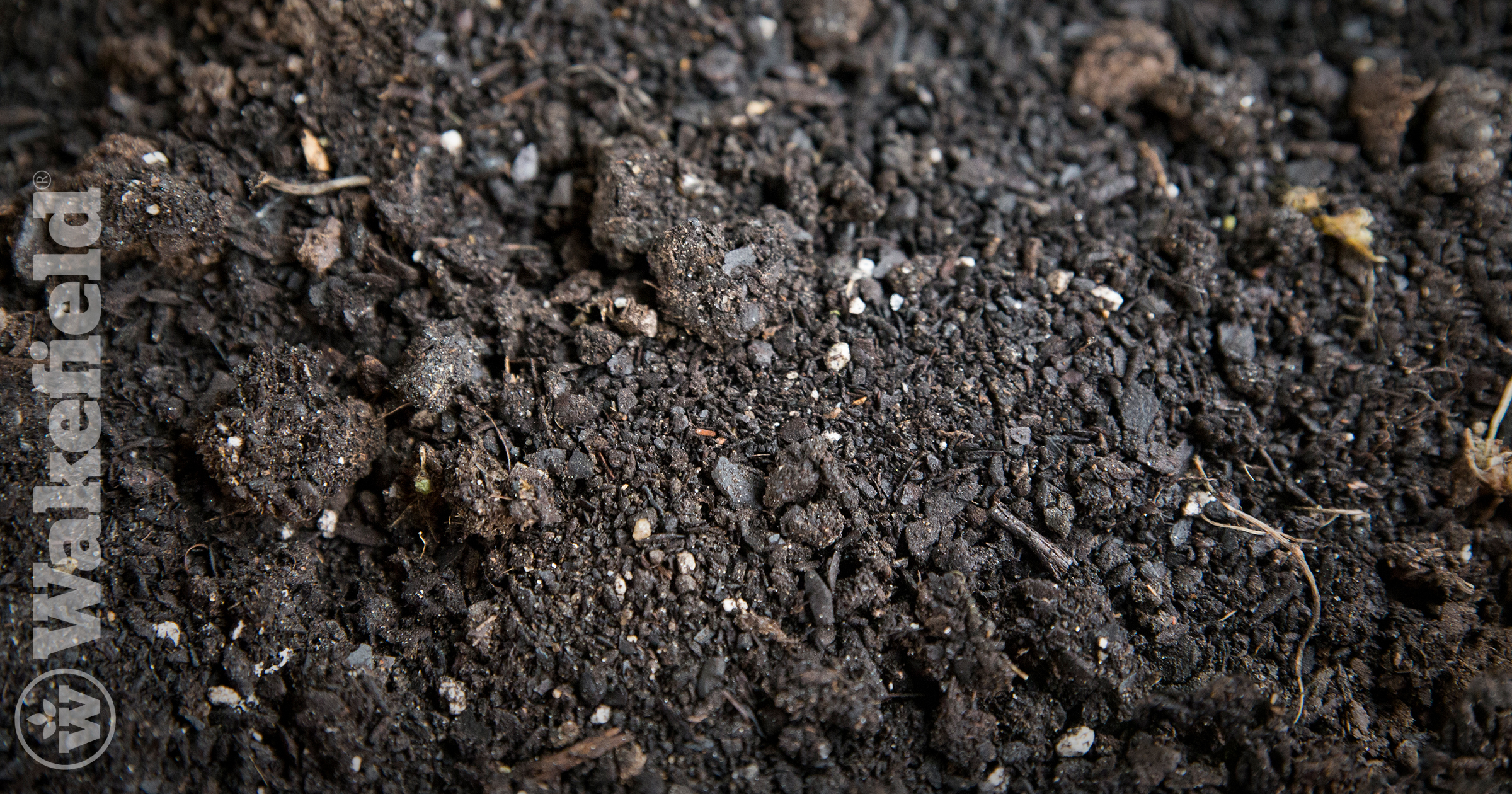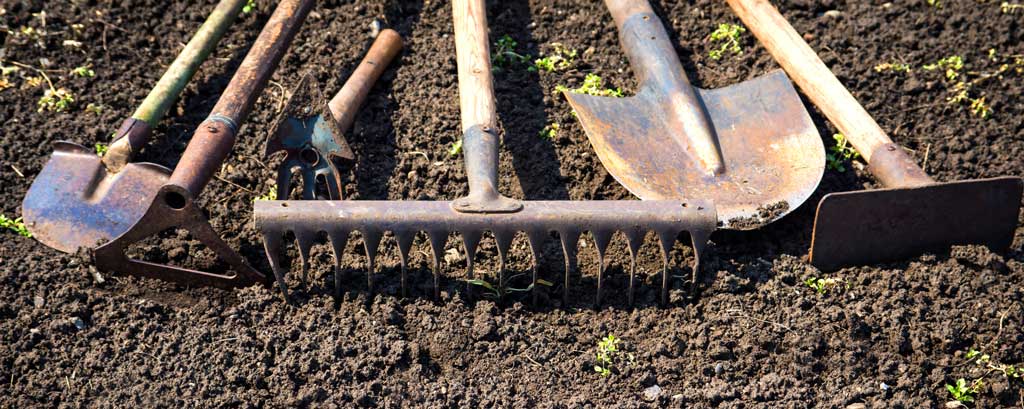What Is Terra Preta?

Think of terra preta as the first biochar. The combination of carbon and organic matter created in the Amazon Basin thousands of years ago still nourishes these soils today. Overall, soils in the Amazon Basin lacking terra preta also lack fertility. Also known as black earth or Amazonian dark earth, terra preta contains high amounts of carbon compared with surrounding soils.
The amount of carbon stored, or sequestered, in terra preta is an order of magnitude higher than the amount found in neighboring soils.
Modern agriculture, with its emphasis on chemical fertilizers as well as herbicides and pesticides, has depleted the amount of soil organic carbon in the developed world. There’s a direct correlation between soil health and the health of a civilization. Those regions with fertile soils have benefitted in terms of economic stability. Populations in areas lacking fertile soils are more likely to suffer from malnourishment due to limited food chains, which leads directly and indirectly to poverty and unstable governments.

By using biochar for organic farms, soil health increases in a time-honored, natural way. In an era in which climate change threatens to upend societies, a soil amendment such as biochar helps mitigate some of climate change’s dangers via carbon sequestration.
Greenhouse gases are the primary culprits behind climate change, and carbon dioxide is the most common greenhouse gas. Carbon sequestration, a process of collecting and storing carbon dioxide so that it is removed from the atmosphere, can ultimately reduce climate change worldwide.
Terra Preta Origins
Terra preta was a product of indigenous soil management by the pre-Columbian natives of Brazil’s Amazon basin. While researchers believe terra preta was created between 500 to 2,500 years before the present day, various theories are still in play as to how it was done and which culture originated the process.
It remains unclear as to whether terra preta was created deliberately to boost soil fertility or if it was a fortuitous byproduct of human habitation. While the answer is still shrouded in the mists of time, it is likely terra preta was developed by humans adding char, ash, and organic materials to soils.
The term Terra Preta do Indio originates with the Portuguese who colonized Brazil. The high char content in terra preta provides its dark color. Terra preta soils contain a high concentration of nutrients, including:
- Nitrogen
- Phosphorus
- Potassium
- Calcium
Terra preta soils contain as much as 70 percent more black carbon than adjacent soils. Black carbon results from the incomplete combustion of organic material, and is a substantial factor in the amount of soil organic carbon in global soils.
There are also larger amounts of stable soil organic matter in terra preta soils than in ordinary soil.
How Terra Preta Evolved Into Biochar
While well-known among natives of the Amazonian Basin, terra preta did not come to the attention of Europeans until the late 19th century. Researchers were surprised to discover such fertile, dark soils in the midst of the tropics. While surrounding soils consisted mostly of clay and quartz sand, terra preta was similar to soils containing far higher amounts of organic matter.
For the late Dr. Wim Sombroek, a highly respected Dutch soils scholar and scientist, terra preta became a passion. After intensive research, Sombroek began publicizing the exceptional fertility of terra preta. He became known as “the Godfather of Terra Preta.” As the Cornell University Department of Crop and Soil Science notes in its memoriam to Sombroek, “Most of what has been achieved and initiated throughout the past years in Terra Preta research is due to his tireless efforts.”
While it was long known that more fertile soils are black due to the presence of organic carbon, it was Sombroek’s research that made terra preta an essential part of the sustainability discussion in the Amazon Basin.
The development of biochar as a soil supplement is one of the end results of his tireless efforts. Today, biochar can help keep your soils healthy and strengthen root systems while also suppressing plant parasites and preventing some diseases. While biochar is more effective when blended with compost or manure, it reduces the amount of fertilizer necessary to build and maintain soil health.
Biochar
Biochar is created by combining biomass, or agricultural and forestry waste materials, and converting it into a high carbon material in a process known as pyrolysis. This method is almost free from oxygen. During pyrolysis, the biomass converts to biochar.
While biochar is charcoal-like, do not confuse it with charcoal. Biochar is not associated with a fuel and is far cleaner than charcoal and much more effective at converting carbon into a stable form.
Our Wakefield Biochar is a natural, certified organic soil amendment that improves the health of any soil. While boosting your soil, you are also removing about two pounds of carbon dioxide from the atmosphere for every pound of biochar used.
Choose Wakefield Biochar for Your Farm, Garden, or Lawn
For more information about carbon sequestration and the other benefits of biochar for your farm, garden, lawn, or the planet, contact Wakefield Biochar today. Biochar increases the levels of nutrients in your soil by helping it retain more water while fostering microbial activity.
Learn how Wakefield Biochar can help you grow better plants while reducing the amount of carbon going into the atmosphere.





